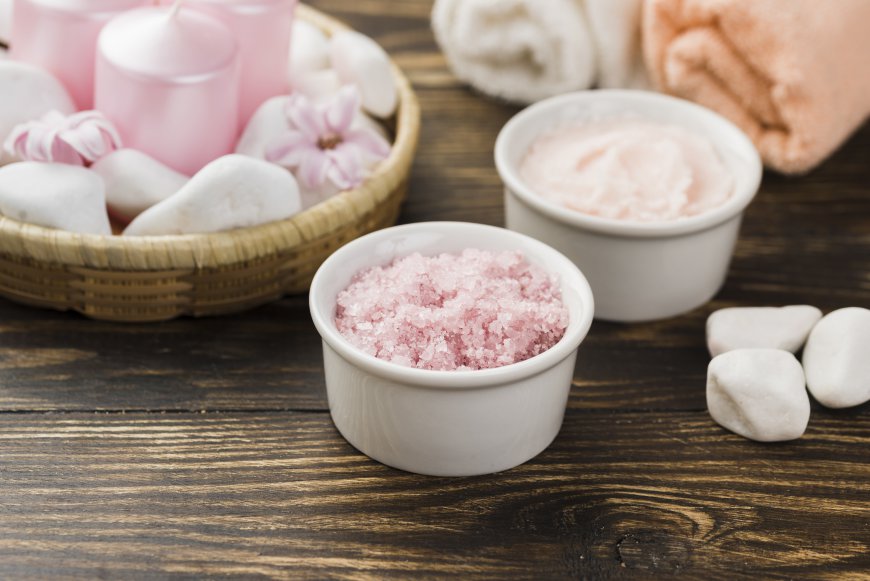edible himalayan pink salt
Edible Himalayan pink salt is much more than just a seasoning—it's a versatile, visually striking, and natural alternative to regular table salt.

Himalayan pink salt has gained immense popularity in recent years due to its striking pink hue, reputed health benefits, and its natural, unrefined nature. Often marketed as a healthier alternative to table salt, Himalayan pink salt is touted as a rich source of essential minerals and an enhancer of both flavor and well-being. In this article, we’ll dive into everything you need to know about edible Himalayan pink salt, from its origins and production process to its health benefits, culinary uses, and potential concerns.
Algohar World natural salt lamps that are believed to provide various benefits, combining both the aesthetic appeal and the potential health advantages associated with Himalayan salt lamps.
Origins and Composition of Himalayan Pink Salt
Where Does It Come From?
Himalayan pink salt is mined from the Khewra Salt Mine, located in the foothills of the Himalayas in Pakistan. This ancient salt deposit is believed to have formed over 250 million years ago when an ancient inland sea evaporated, leaving behind massive salt beds. Over time, tectonic movements buried the salt deep under the mountains, where it has been preserved in its pristine form, untouched by modern pollution.
What Gives It Its Pink Color?
The signature pink hue of Himalayan salt comes from the trace minerals present within the salt crystals. These include minerals like iron, potassium, magnesium, and calcium, which contribute not only to the color but also to the purported health benefits of the salt. The higher the mineral content, the deeper the pink color, and this natural variation gives Himalayan salt its visual appeal.
While the trace minerals only make up a small portion of the salt, they are often highlighted as the reason why Himalayan pink salt is considered superior to traditional table salt.
How Himalayan Pink Salt Is Processed
Mining Process
The salt is extracted from the Khewra Salt Mine using traditional mining methods. Large chunks of salt are broken off from the salt walls and transported for processing. The salt is generally hand-harvested, which means it is minimally processed and does not undergo chemical treatments like many other salts. This helps maintain its natural purity and mineral content.
Processing and Packaging
Once mined, the salt is crushed and ground into different grain sizes, ranging from fine to coarse. The processing methods are simple and aim to keep the salt as natural as possible. It is not bleached, refined, or treated with anti-caking agents, which are common practices for regular table salt. After processing, the salt is packaged and sold as culinary salt for use in households and restaurants around the world.
Health Benefits of Edible Himalayan Pink Salt
Himalayan pink salt is often marketed as a healthier alternative to table salt due to its natural state and mineral content. While some claims about its health benefits are exaggerated, there are several legitimate reasons why this salt might be considered superior to refined salt.
Rich in Trace Minerals
Himalayan pink salt contains more than 80 trace minerals, including iron, potassium, calcium, and magnesium. While the actual amounts of these minerals are relatively small, they are present in their natural form, which may offer some health benefits, particularly for those who are deficient in these minerals. However, it’s important to note that these minerals are present in small quantities, so they should not be relied upon as a primary source of nutrition.
Less Processed than Table Salt
Unlike regular table salt, which is heavily processed and often stripped of its natural minerals, Himalayan pink salt remains in a more natural state. It doesn’t contain additives like anti-caking agents or iodine, making it a purer alternative. For people looking to reduce their intake of processed foods, switching to Himalayan salt can be a small but meaningful change.
Wait: edible himalayan pink salt offers a wide range of benefits, from supporting hydration and electrolyte balance to improving skin health and digestion.
Potential Detoxifying Properties
Some proponents of Himalayan pink salt claim that its mineral content can help detoxify the body by balancing the pH levels, supporting kidney function, and aiding in the removal of toxins. While the scientific evidence for these claims is limited, there is some indication that maintaining proper mineral balance in the body can support overall health.
Supports Hydration and Electrolyte Balance
Himalayan pink salt contains sodium, which is essential for maintaining fluid balance in the body. Sodium helps regulate the movement of water into and out of cells, which is crucial for hydration. The presence of potassium in the salt also supports the body’s electrolyte balance, which is vital for muscle function and preventing cramps.
Conclusion
Edible Himalayan pink salt is much more than just a seasoning—it's a versatile, visually striking, and natural alternative to regular table salt. With its rich mineral content, subtle flavor, and aesthetic appeal, it’s a popular choice for those seeking to elevate their cooking and overall wellness. However, it's important to approach the health claims with a balanced perspective and be mindful of sodium intake.Whether you're using it as a finishing touch on your favorite dishes, preparing a brine for a special meal, or simply enjoying its beauty on your kitchen counter, Himalayan pink salt offers a unique culinary experience. But, as with any salt, moderation is key to reaping its benefits without compromising your health.

 Tagxa1122
Tagxa1122